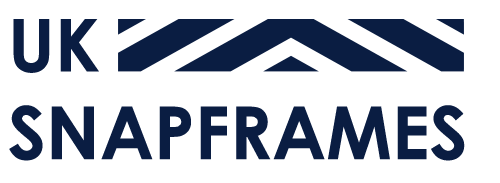Why even choose to fabricate plastic products? For starters, plastic production usually has the benefit of having considerably fast finish times, and unlike most materials there’s also the option of colouring plastic before manufacturing, instead of after. It’s significant malleability means that it has a reasonably low melting temperature, and it is far more light-weight than many other resources – these two elements simplify the development process. Additionally, plastic materials are comparatively inert and hence have high chemical resistance. Irrespective of these advantages, plastic is nonetheless unsuitable for uses that need a very high structural integrity, and is also incredibly vulnerable to wear in the long-term.
Summary Of CNC Machining
CNC machining is a computer regulated subtractive procedure, that eliminates material from plastic as a way to produce the desired shape. The computer is high-tech, with the ability to transform a model into figures by using a computer aided design software system. The numbers are able to manipulate the equipment to cut the desired shape. To set up, the pieces of equipment require an intermediate step in the creation and validation of tool paths. As soon as the machine receives the tool paths, the subtractive process is initiated. When the assemblage is complete, the component is washed, smoothed, and cut.
For low quantity plastic component part requests that require tight tolerances and forms that are tricky to shape, machining is appropriate. CNC machining boasts minimal to moderate initial costs, and can also generate top of the line plastic components with minimal completion times. On the other hand, with increased product intricacy, the associated fee per part increases. Furthermore, the process necessities tool access allowances, and specific shapes, including those with spherical internal channels, are near-impossible to produce with CNC manufacturing.
Vacuum Formation
Vacuum formation is a process in which plastic is heated up and moulded, generally working with a mould. The size and complexity of vacuum-forming machines range between cheap desktop technology to advanced manufacturing equipment.
It is usually suited to any venture, ranging from custom-made designs to large-scale production, taking into consideration the large variety of machinery available and that also automatization is an option if required. On the other hand, there’s minimal flexibility in the types of shape it can create, and is also unfortunately exclusively able to create parts with basic geometries. Compared to other techniques, tooling costs are minimal, since vacuum formation merely needs minimal forces and pressures. Normally, for small manufacturing sizes the moulds are constructed of 3D printed resin, or possibly plaster, and for greater development sizes stronger equipment composed of metal is used. {There are thousands of custom acrylic moulding Uk internet pages in great Britain, if you are searching for additional information as well as pricing this blog is a great starting point for custom acrylic forming. If you are interested in much more info relevant to perspex sign fabrication this specific web page www.displaydevelopments.co.uk features many more threads related to perspex stand manufacturer. For everybody who is looking at more info on the topic of plastic machining company this website thermoforming plastic materials provides many more expert articles connected with plastic rapid prototyping. This great site plastic fabricators Uk has a lot more info on the topic of plastic fabrications. You’ll find so many bespoke plastic mouldings internet sites inside the Uk, if you are looking to acquire more information and / or bargains this page is a popular place to start
The manufacturing method starts off with a sheet of plastic getting clamped and heated up up until the plastic becomes mouldable. The plastic will then be placed into the mould and cooled, and frequently fans as well as other cooling techniques are used in an effort to accelerate the chilling process. The final stage entails any surplus plastic being removed.

